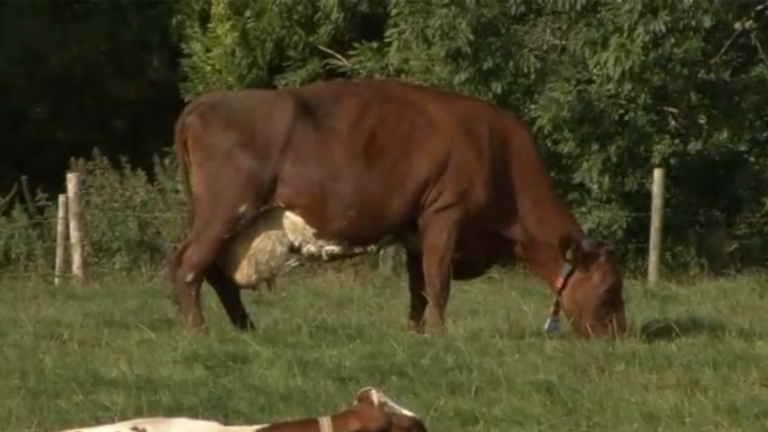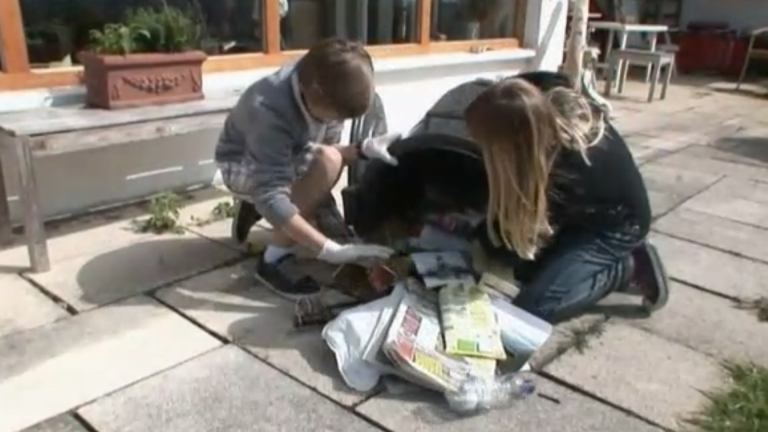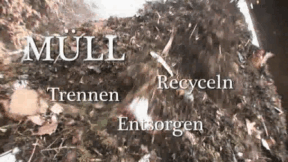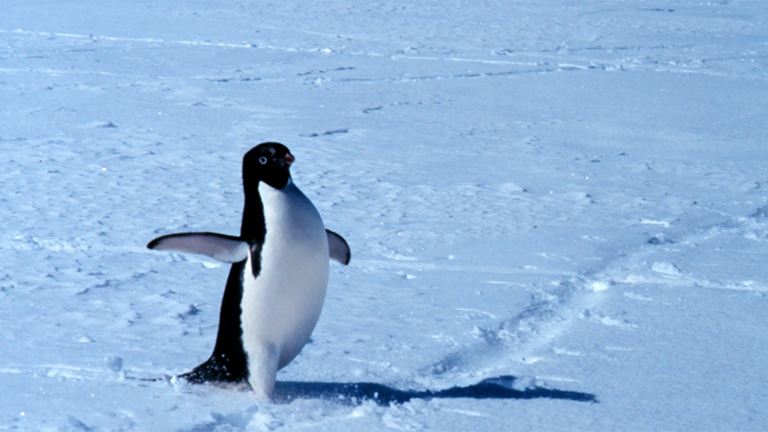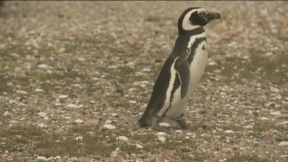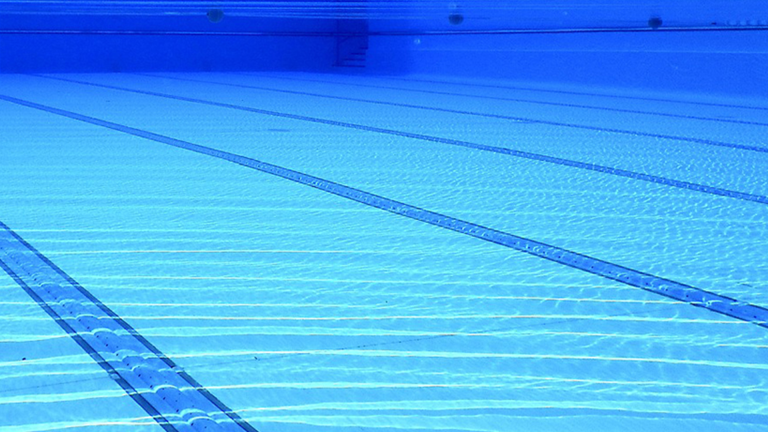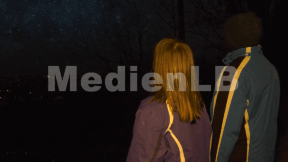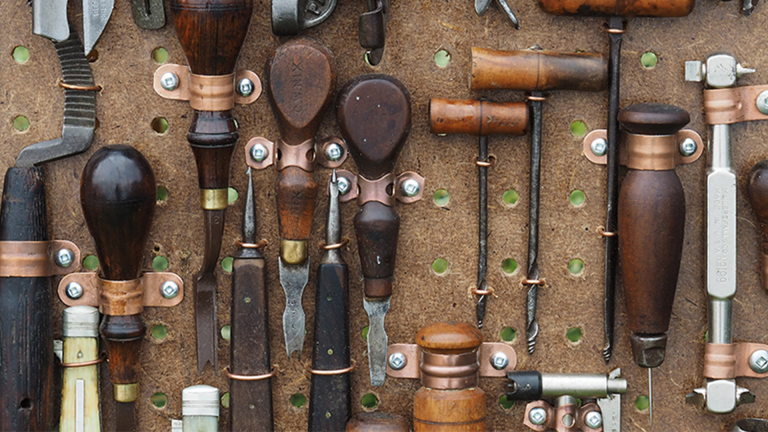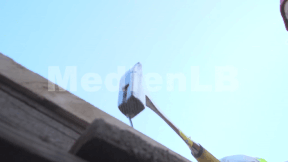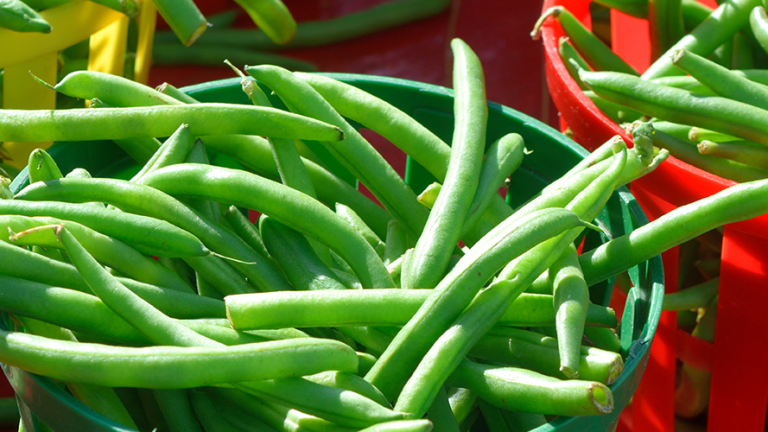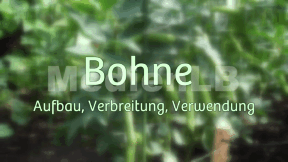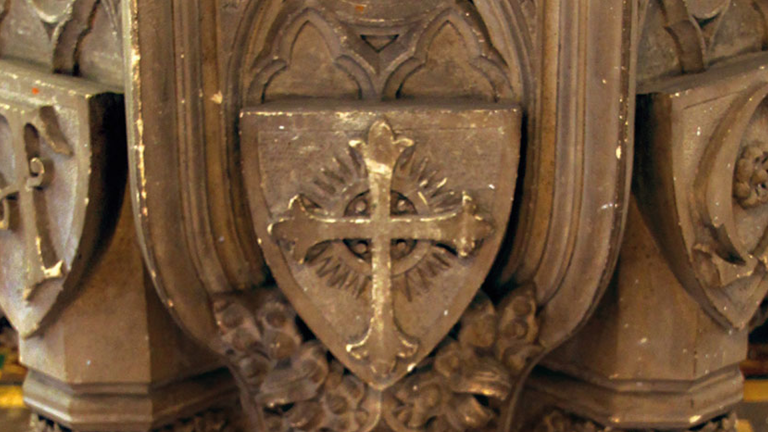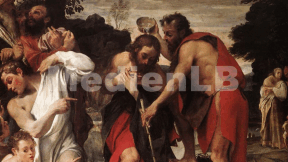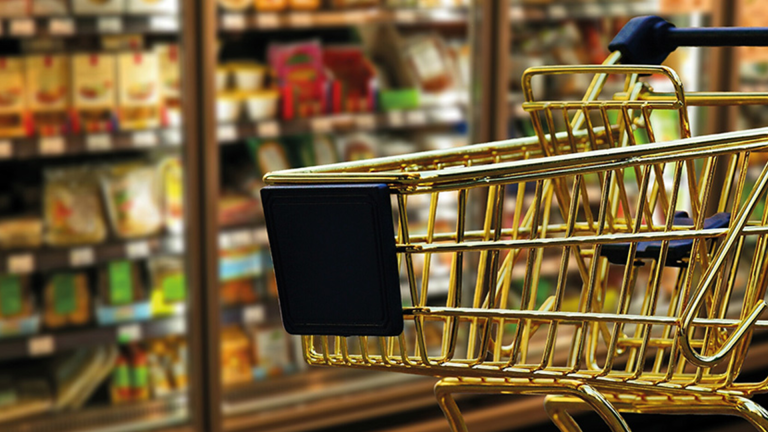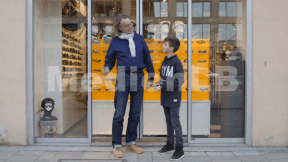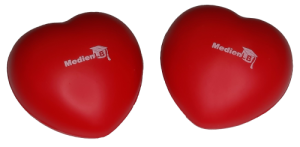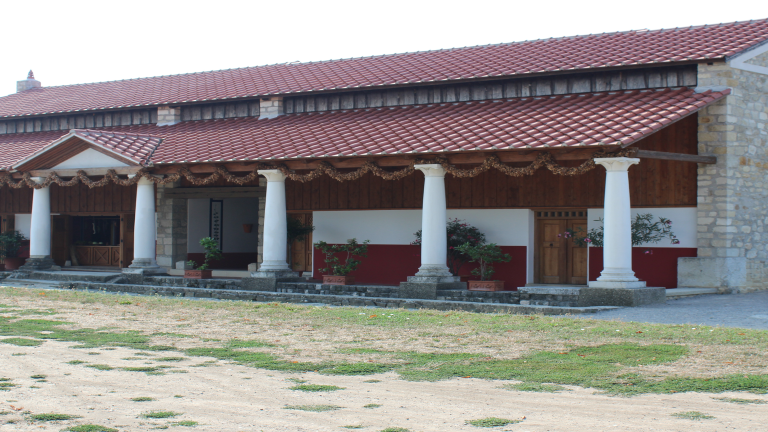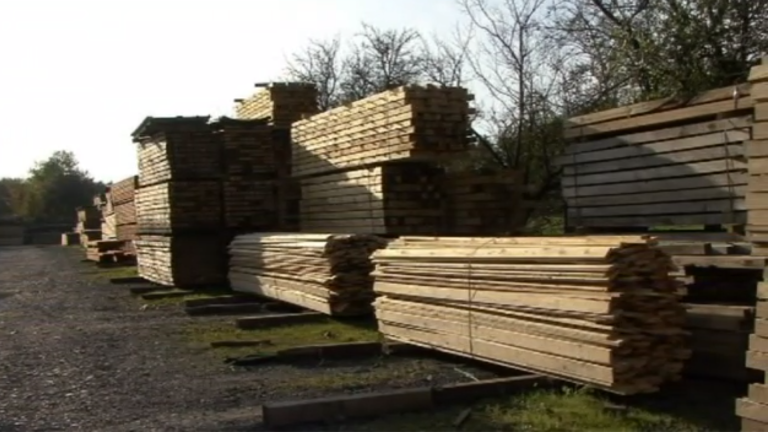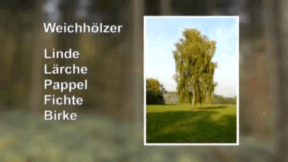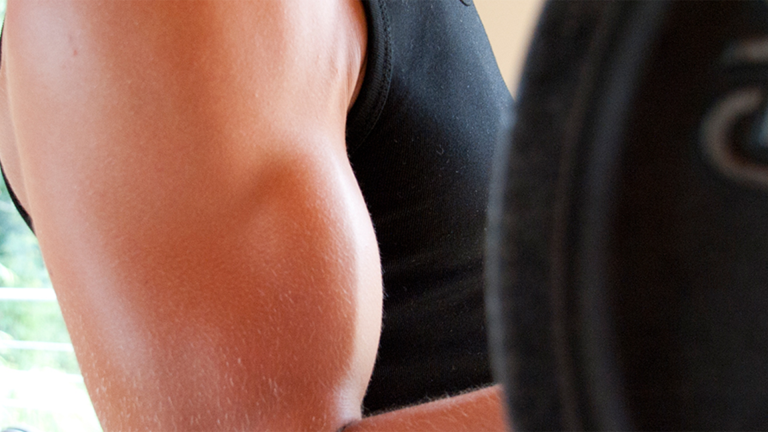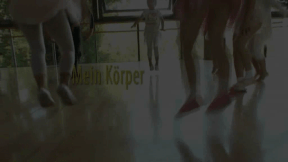Suche:
- # Artistry
- # Biology
- # Chemistry
- # Ecological
- # Economy
- # English
- # Foreign Language
- # Geography
- # German
- # Health
- # History
- # Informatik
- # Latin
- # Mathematics
- # Media Education
- # Music
- # Physics
- # Politics / Civics
- # Preschool
- # Primary School
- # Religion
- # Society
- # Sports
- # Technology
- # Training of Teachers
- # Vocational Education
Milk
Milk is one of the oldest and, at the same time, most natural foods we know. This DVD provides comprehensive information on cow’s milk. Where does the milk come from, how are the cows best cared for, what do they eat? What breeds of cattle are there, how are the cows milked today compared to the past? What is the udder actually? What types of milk are there? What do pasteurised, ultra-heat treated, homogenised and sterilised mean? How does it get from the cow to the consumer? How is milk bottled and packed? What kinds of fresh dairy products are there? And how is butter and cheese made from milk? In the last chapter of the DVD, we take a look back into the past and show the history of milk production.
Learn moreWaste
The content of the film "Waste" is based on the specific field of experience of children – how household waste is produced and disposed of. In a vivid way, the film makes the children acquainted with the various forms of waste, how they are disposed of and how many reusable materials are contained in our household waste.
Learn morePenguins
When we hear the word “penguin“, we immediately think of animals living in the cold and ice world of Antarctica near the South Pole. However, this is not the whole truth. All of the various species of penguins do indeed live in the Southern Hemisphere but their habitats are not limited to the Antarctic region.
Learn moreSchwimmbad
Schwimmen lernen und sich sicher und angstfrei im Wasser bewegen zu können, ist in vielerlei Hinsicht wichtig. Nicht nur, dass Schwimmen elementar für die Gesundheitsförderung und Persönlichkeitsentwicklung der Schüler:innen ist – schwimmen zu können, bzw. sich in Gefahrensituationen richtig zu verhalten, kann Leben retten.
Learn morePlanetarium
„Das Weltall, unendliche Weiten, wir schreiben das Jahr …“ – viele von uns kennen diesen Satz aus utopischen Filmen. Im Planetarium can wir sehen, was unsere Forschung bereits weiß. Durch faszinierende, bewegte Bilder erfahren wir, was über unsere Erde, unser Sonnensystem und unser Universum bereits bekannt ist – auch, wenn es oft nur ein kleiner Teil ist. In diesem Film geht es um die Geschichte der Planetenmaschine, von den Tellurien bis zum ersten Planetarium der Welt. Wir begleiten einen Besuch im Planetarium und erklären dabei Aufbau und Technik. Dabei geben wir Einblick in eine Astroshow, sterben uns auf eine Reise ins Weltall mitnimmt.
Learn moreWerkzeug
Mit Handwerkzeug kann der Mensch die Wirkung der eigenen Körperkraft verstärken oder zielgerichteter einsetzen.
Learn moreBean
The word bean refers to both the seeds and the pods surrounding them and often even the whole bean plant. It is not easy to get an overview of the different types of bean plants. Their variety is due to, among other things, their different origins.
Learn moreCatholic and Protestant Baptism
As an important ritual of the Christian faith, baptism is closely connected with the traditional stories of the prophet John the Baptist, who is said to have lived in Jesus’ lifetime. John baptised people in the River Jordan, located at the present-day border between Israel and Jordan in the Middle East. Baptism and water were symbols of people’s confession of past sins and return to the right track in life. One day, Jesus and some of his disciples are said to have come to John to have themselves baptised.
Learn moreResponsible Consumption
What do “consumption“ and “consume“ actually mean? This is what the child reporter Ferdinand wants to find out today. That much is for sure: often it has something to do with money.
Learn moreRomans
Augsburg, Cologne, Trier – perhaps you have already heard about these cities. But did you also know that all these cities were built by the Romans?
Learn moreWood/Paper/Recycling
The DVD “Wood/Paper/Recycling” provides information on the treatment and processing of wood. The production of paper, an everyday item in our lives, as well as the recycling process are explained to the primary school pupils in a simplified way. The film is also excellently suited for environmental education. The following topics in the subject area of wood, paper and recycling are covered in this DVD: • Wood – a Natural Resource (appearance, properties; types of wood) • At the Sawmill (treatment and processing methods with state-of-the-art machinery) • Paper (everyday use, papermaking, types of paper, properties) • Recycling (waste paper as an important material for the recycling of used paper, recycling technique) • Environmental Protection (conservation of trees, recycling of waste paper)
Learn moreMy Body
All human beings in the whole world have the same physique. However, we differ from each other in sex, height and weight as well as in skin and hair colour. The way we move, too, is different with each individual person. This film shows the uniqueness of humans and the distinctiveness of each body. Touch is a basic need of humans – there are good and bad kinds of touch. We learn to say “No!” in the case of unpleasant touches to protect our bodies. Zur Lesekompetenzförderung kann, über das Menü ihres DVD Players oder der Abspielsoftware, der deutsche Untertitel eingeschaltet werden.
Learn more



